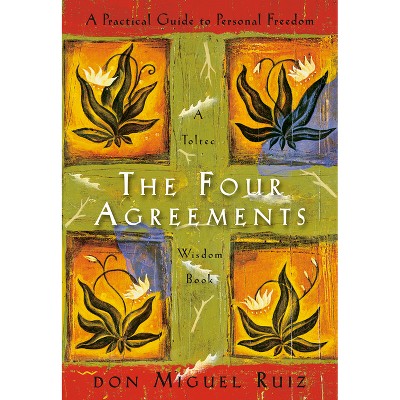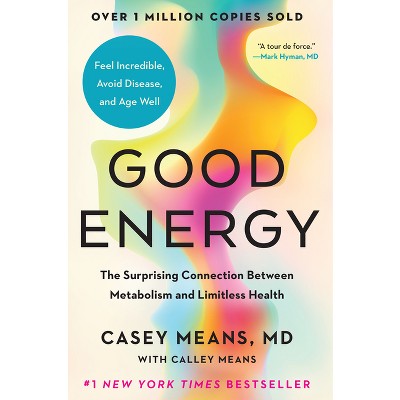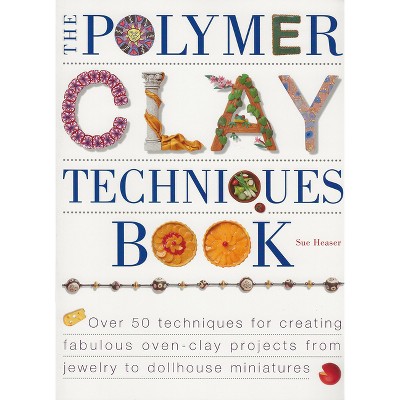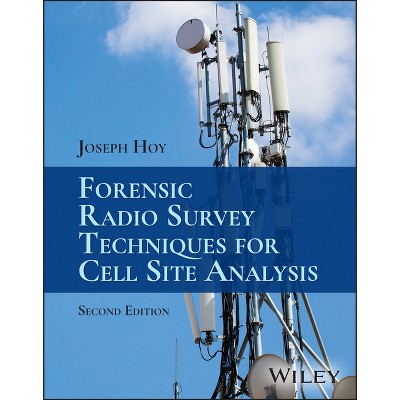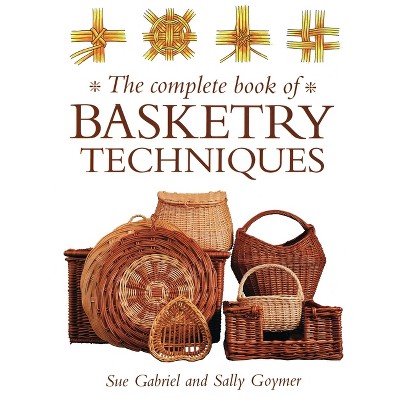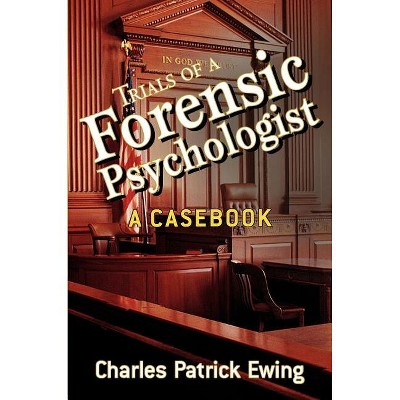Analytical Techniques in Forensic Science - by Rosalind Wolstenholme & Sue Jickells & Shari Forbes (Hardcover)

About this item
Highlights
- An in-depth text that explores the interface between analytical chemistry and trace evidence Analytical Techniques in Forensic Science is a comprehensive guide written in accessible terms that examines the interface between analytical chemistry and trace evidence in forensic science.
- About the Author: ROSALIND WOLSTENHOLME, BSC, MSC, PhD, is a senior lecturer in analytical science in the Department of Biosciences and Chemistry, Sheffield Hallam University, UK.
- 464 Pages
- Medical, Forensic Medicine
Description
About the Book
"Forensic science is typically defined as the application of science to the law; both criminal and civil law. Most people tend to associate forensic science with investigation of crimes such as burglary; arson; possession of illegal drugs; drug trafficking; drink and drug driving offences; attacks against the person including murder and sexual assault. However, forensic science is applied to investigation of a far wider range of potential prosecutions including war crimes; fraud; medical incidents; doping offences in sport; environmental pollution incidents; road traffic accidents; maritime and aviation incidents; industrial incidents; and issues relating to food authenticity"--Book Synopsis
An in-depth text that explores the interface between analytical chemistry and trace evidence
Analytical Techniques in Forensic Science is a comprehensive guide written in accessible terms that examines the interface between analytical chemistry and trace evidence in forensic science. With contributions from noted experts on the topic, the text features a detailed introduction analysis in forensic science and then subsequent chapters explore the laboratory techniques grouped by shared operating principles. For each technique, the authors incorporate specific theory, application to forensic analytics, interpretation, forensic specific developments, and illustrative case studies.
Forensic techniques covered include UV-Vis and vibrational spectroscopy, mass spectrometry and gas and liquid chromatography. The applications reviewed include evidence types such as fibers, paint, drugs and explosives. The authors highlight data collection, subsequent analysis, what information has been obtained and what this means in the context of a case. The text shows how analytical chemistry and trace evidence can problem solve the nature of much of forensic analysis. This important text:
- Puts the focus on trace evidence and analytical science
- Contains case studies that illustrate theory in practice
- Includes contributions from experts on the topics of instrumentation, theory, and case examples
- Explores novel and future applications for analytical techniques
Written for undergraduate and graduate students in forensic chemistry and forensic practitioners and researchers, Analytical Techniques in Forensic Science offers a text that bridges the gap between introductory textbooks and professional level literature.
From the Back Cover
AN IN-DEPTH TEXT THAT EXPLORES THE INTERFACE BETWEEN ANALYTICAL CHEMISTRY AND TRACE EVIDENCE
Analytical Techniques in Forensic Science is a comprehensive guide written in accessible terms that examines the interface between analytical chemistry and trace evidence in forensic science. With contributions from noted experts on the topic, the text features a detailed introduction to analysis in forensic science and then subsequent chapters explore the laboratory techniques grouped by shared operating principles. For each technique, the authors incorporate specific theory, application to forensic analytics, interpretation, forensic specific developments, and illustrative case studies.
Forensic techniques covered include UV-Vis and vibrational spectroscopy, mass spectrometry and gas and liquid chromatography. The applications reviewed include evidence types such as fibers, paint, drugs and explosives. The authors highlight data collection, subsequent analysis, what information has been obtained and what this means in the context of a case. The text shows how analytical chemistry and trace evidence can problem solve the nature of much of forensic analysis. This important text:
- Puts the focus on trace evidence and analytical science
- Contains case studies that illustrate theory in practice
- Includes contributions from experts on the topics of instrumentation, theory, and case examples
- Explores novel and future applications for analytical techniques
Written for undergraduate and graduate students in forensic chemistry and forensic practitioners and researchers, Analytical Techniques in Forensic Science offers a text that bridges the gap between introductory textbooks and professional level literature.
About the Author
ROSALIND WOLSTENHOLME, BSC, MSC, PhD, is a senior lecturer in analytical science in the Department of Biosciences and Chemistry, Sheffield Hallam University, UK.
SUE JICKELLS, BSC, MSC, PhD, is a retired analytical chemist, formerly at the University of East Anglia and King's College London.
SHARI FORBES, BSC, PhD, is a forensic scientist and researcher with the Department of Chemistry, Biochemistry and Physics, University of Quebec Trois-Rivières, Canada.

